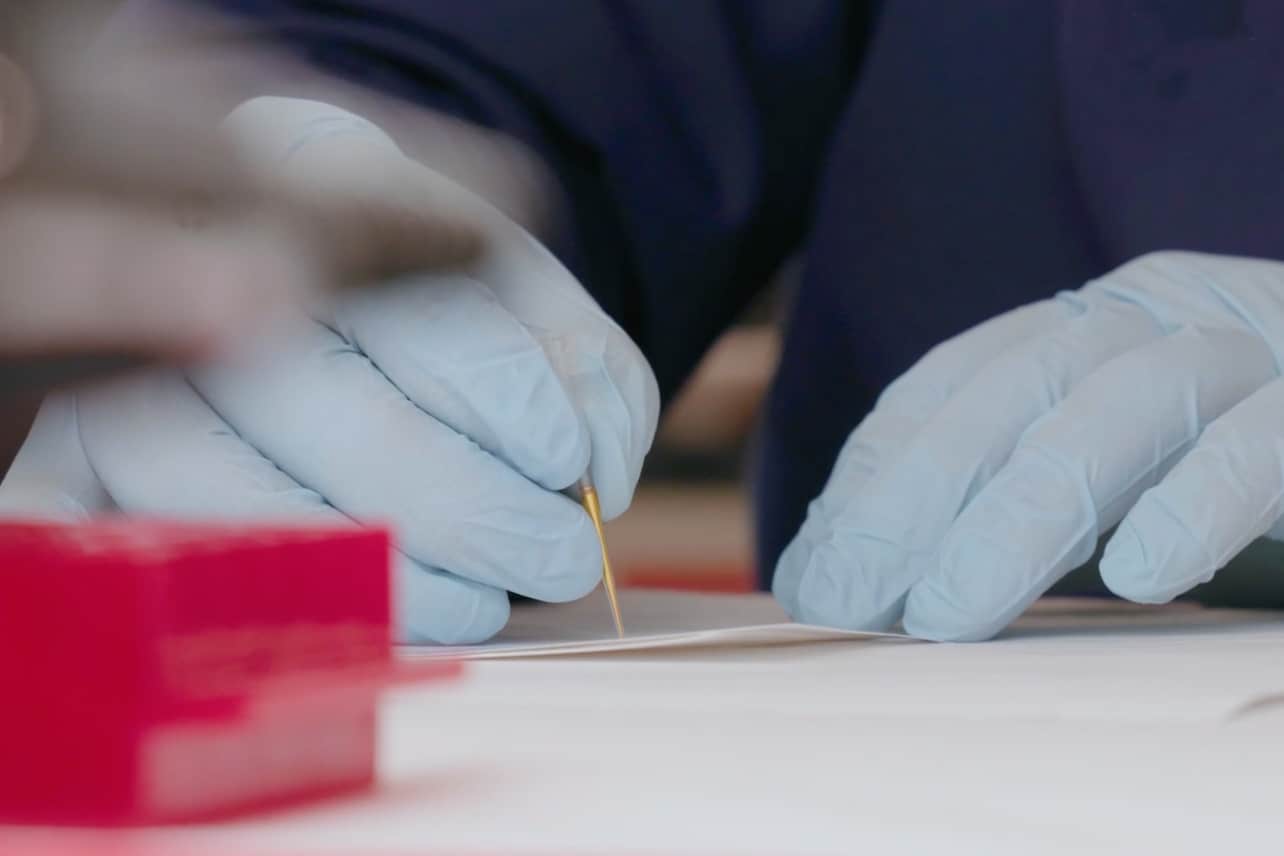McMaster researchers develop a rapid test to detect food contamination
Published April 19, 2023 at 1:39 pm

McMaster University researchers have developed a rapid test to detect salmonella contamination in chicken and other food.
The test could improve food safety, reduce the cost of processing fresh poultry and other foods, and help to limit broad food recalls.
“Using these tests is easier than using a COVID test, which so many people are already doing,” the paper’s co-author Carlos Filipe, chair of McMaster’s department of Chemical Engineering told the Brighter World publication. “For this to be as effective and useful as possible, it has to be easy to use.”
Salmonella bacteria are commonly found in the intestines of animals and birds, according to Health Canada. The bacteria is spread through contaminated raw or undercooked poultry, pork and ground beef, eggs or unpasteurized dairy products like raw milk and cheese, as well as raw fruits and vegetables.
Most people recover from salmonellosis but in some cases, it can cause severe illness or death.
McMaster researchers say the test, described in a new paper in the journal Angewandte Chemie, provides accurate results in an hour or less.
“Anyone can use it right in the setting where food is being prepared, processed or sold,” the study co-author Yingfu Li, a professor of Biochemistry and Chemical Biology who leads McMaster’s Functional Nucleic Acids Research Group, told the Brighter World publication.
Today, tests are done in a lab and require at least a full day to produce results.
As salmonella is among the most significant contamination risks in raw or under-cooked chicken, poultry processors will likely find the tests useful. A major poultry processor can do tens of thousands of salmonella lab tests each year, according to Brighter World.
Beef, egg and dairy producers may also want to use the tests once they are available.
The test uses a new synthetic nucleic acid molecule, developed at McMaster.
A sample of the food is drawn inside a tube, the solution is dropped onto a paper test strip, and if there is salmonella, the paper will turn red. The greater the concentration of salmonella, the brighter the colour appears.
The new technology has been developed with support from the non-profit research organization Mitacs, and Toyota Tsusho Canada Inc., an indirect subsidiary of Toyota Tsusho Corporation in Japan, which plans to develop the innovation for commercial use, according to Brighter World.
Salmonella Solution from McMaster University (OFFICIAL) on Vimeo.
insauga's Editorial Standards and Policies advertising





